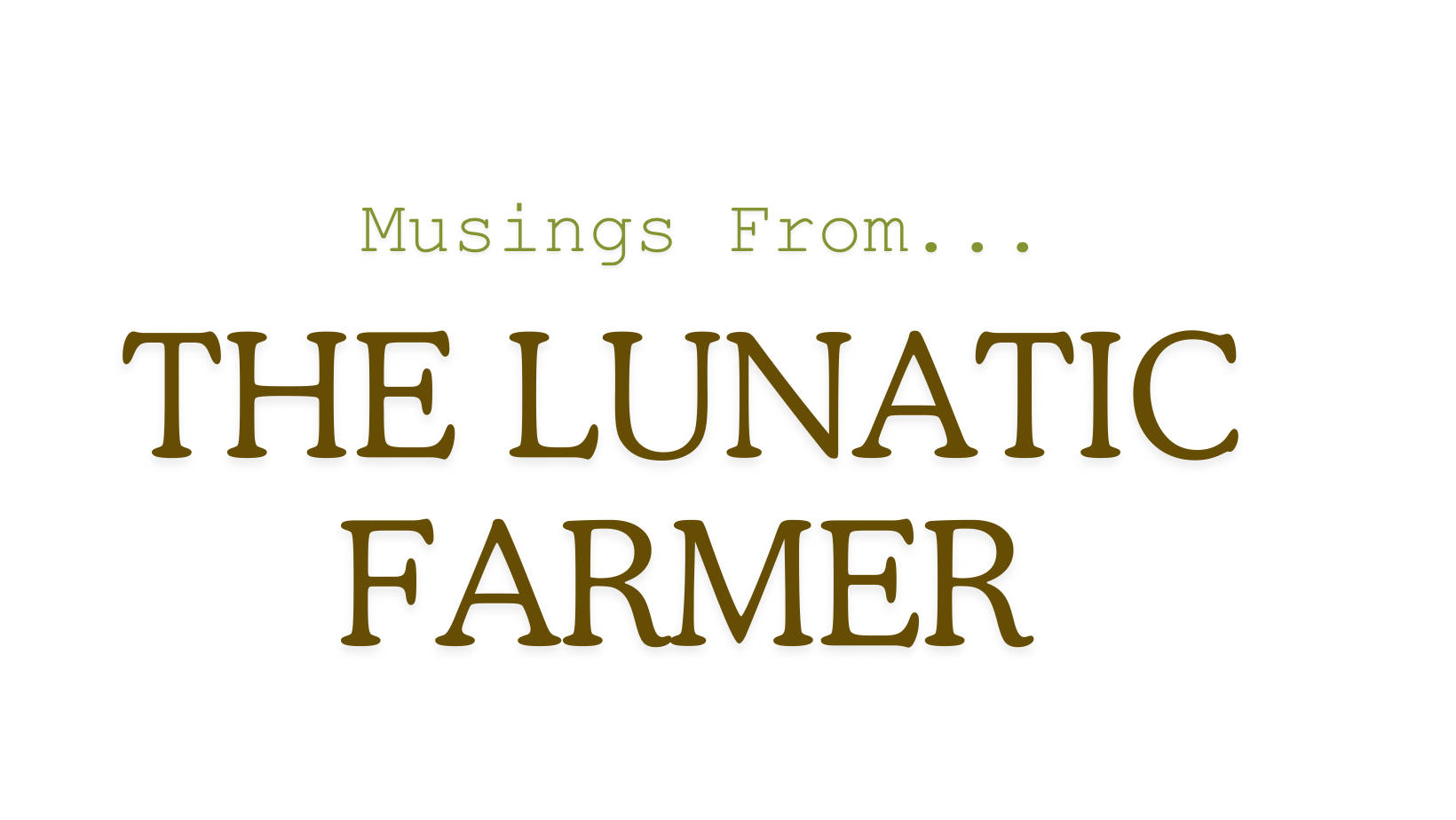WILDLIFE ENHANCEMENT
These days I do half a dozen guest podcasts a week. Someone asked me recently if I had my own podcast, and while numerous folks have asked me to do one, I'm not sure the world needs another podcast. I'm too old for something that novel. This blog is about as modern as I can handle, and if it weren't for Wendy, I couldn't do this either.
Back in the days of newspapers, I always wanted to have a syndicated column, but that wish is now completely obsolete. Anyway, last week I did a podcast for The Element, a venue designed around wildlife conservation and hunting. It was a treat because it was a little different than the normal sustainable living and wellness venues.
It was fun to express how wildlife-enhancive pastured livestock farming is and I want to share just one aspect of it today. Here at Polyface, we fence out riparian, wooded, and difficult terrain (steep, gullies, rocks) to protect it from the livestock. The overall result is wildlife habitat.
Some 50 years ago I read somewhere that birds do not feel comfortable walking around on the ground farther than 200 yards from cover. For grassland birds, of course, that cover does not have to be forest; it would be tall grasses and weeds (forbs, herbs). All wildlife biologists know that the holy grail in species diversity is edge.
The three great environments are open land, forest land, and water (riparian). Wherever these intersect diversity increases because most species require two of these environments. For example, wild turkeys cannot proliferate in forests because dense forests have very few bugs. Baby turkeys, called poults, require about 30 percent protein in their diet; that requires bugs, not seeds. Grasslands, or pastureland, has a lot more crickets, grasshoppers and catchable bugs than dense woods.
So while turkeys love roosting in the treetops and living in the woods for protection, they cannot have healthy offspring without adjacent fields. That's where the patchwork comes in and why fencing out these difficult areas becomes important. Most livestock farmers have large fields that include steep areas, woods, marshy areas, even springs, and the animals stomp and tromp through it all, destroying habitats.
Since our beginning, and without government money, on our farm we've run fences around these areas and created a patchwork of viable habitat diversity. The crickets and grasshoppers that infest our pastures feed large flocks of wild turkeys that routinely traverse the fields. As a result, we don't consider the wildlife competitive to our commercial farming operations; we view wildlife as complementary. Not all, to be sure. A fox that starts taking chickens isn't symbiotic and we deal with that one imposter. But in general, grassland birds, pollinators and other wildlife proliferates happily here.
Landscape design creates this environment; it doesn't happen by itself. It requires careful thought about what's going to be in the commercial production pool and what is off limits. The boundaries actually create the freedom for wildlife to proliferate and achieves ecological balance; the boundaries are not limitations as much as they are libertarian.
Even a quarter acre patch of woods in a large pasture can bring in a host of different animals, including birds. Extremely large expanses of single-type ecology imbalances everything. More edge is the ticket to resilience. That means pastures in forests are just as important as forests in pastures. That is why the national forests, Shenandoah National Park, and no-cut wilderness areas are such ecological disasters. While I had you saying "amen" as I picked on farmers, are you equally ready to say "amen" at my government land admonition?
If you own land--even a backyard-- have you thought about creating more edge?
